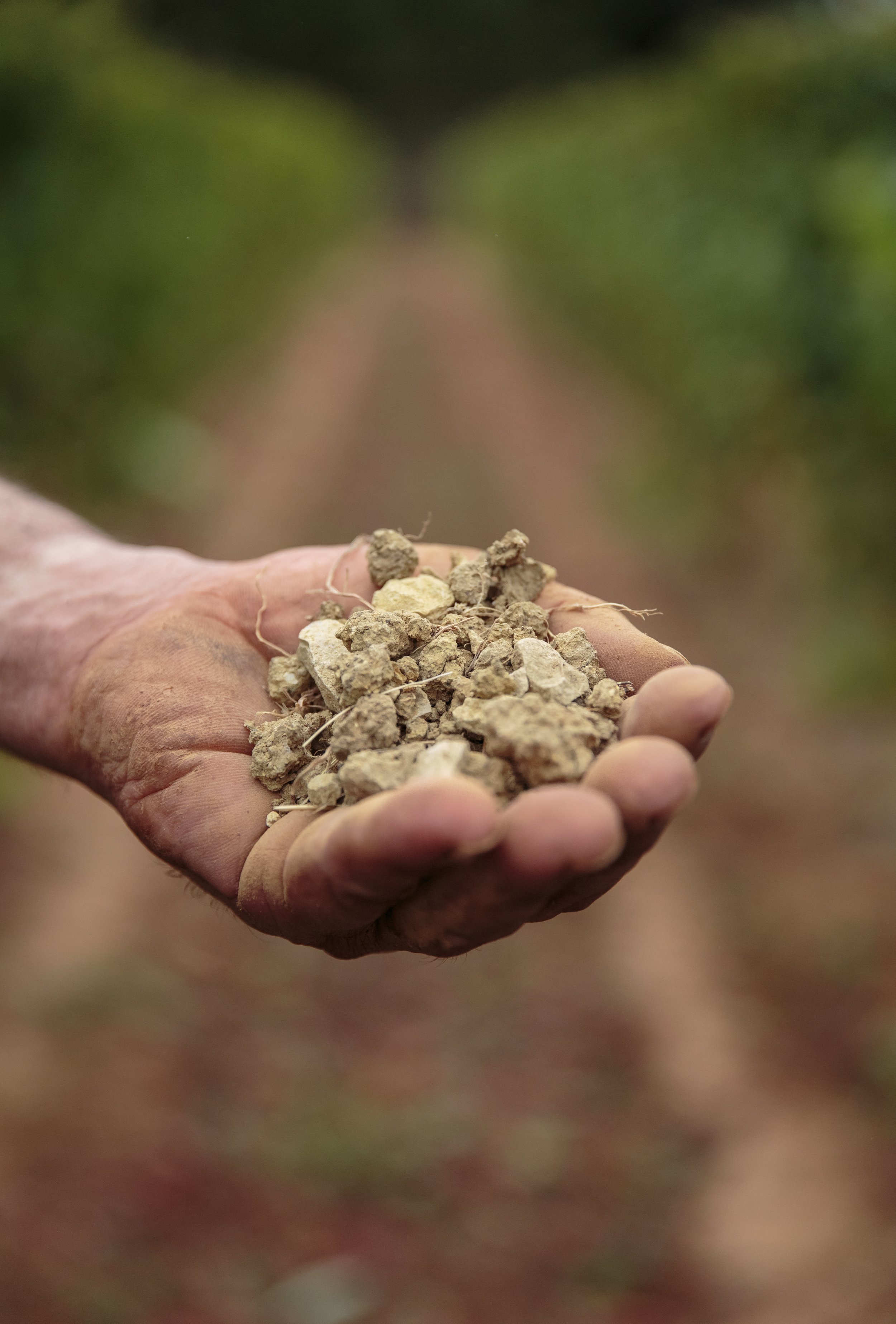
The Limestone Coast
The coast of Portugal, roughly from Lisbon to Porto, is a vein of calcareous clay. If one never looked up, or smelled the fresh Atlantic air, you could easily be forgiven for thinking you were in Burgundy. Along this coast are several of Portugal’s most exciting and dynamic wine regions. While each of these regions is very unique, most of the wines produced here tend to have a through-line of salty, oceanic minerality and relatively low alcohol. It is rare to find wines above 13% alcohol from anywhere along the coast, with many wines below 12%. You are also much more likely to find single varietal wines here than anywhere else in Portugal, as the cooler, ocean mitigated climate allows for grapes to find an internal sense of balance rather than needing to do so through blending in the field or the winery. Finally, wines from the coast tend to be very long lived. It is not an exaggeration to say that the limestone coast produces many of, not just Portugal’s most consistently long lived wines, but some of Europe’s more broadly.
Lisboa
The area around Lisbon contains pockets of diverse micro-climates that offer an equally diverse array of delicious wines over a small area.. Just to the north east of Lisbon, where the Tejo river covers the limestone bedrock with sandy loam, you have Bucelas. In the Elizabethan era Bucelas was one of the most important white wine regions in the world, famous for its Arinto wines that the English called Portuguese Hock (i.e. Riesling. This was a time when German Riesling was the most expensive wine in the world, so it was quite the compliment). When you taste the wines it is easy to see the resemblance: stone fruited, rushing acidity, and when treated with care, incredibly age worthy. Today Bucelas is mostly dominated by larger bulk producers, but there are small pockets of artisan wine making starting to return to the region. Just to the north of Bucelas, Alenquer is starting to see a number of small wine making projects pop up among the older Castelao, Fernao Pires, and Arinto vineyards of the region.
Just northwest of Lisbon, where the fabled Sintra Mountains trap cool ocean air, is one of Portugal’s most storied and unique wine regions, Colares. The wine region of Colares lies quite literally on the beaches of Sintra, with vineyards often in spitting distance of the Atlantic Ocean. The beaches here are incredibly special, as the sand is just shallow enough (about two meters deep) that vinifera vines can worm their way down to the calcareous clay base and squeeze out some life. The sand is deep enough, however, that no phylloxera can survive in the vineyards. Colares thus rose to prominence during the phylloxera crisis in Europe in the late 19th and early 20th century, as it became one of the last wine regions in Europe capable of producing true vin de garde from vinifera vines.
The red wines of Colares are grown from the grape Ramisco, somewhat Nebbiolo like but bred over centuries to grow specifically in the sandy soils of Colares and found nowhere else in the world. The wines are incredibly ageworthy, and if you are lucky you can still find bottles from the early 20th century that are full of life. The white grape of the region, Malvasia de Colares (not related to any of the other Malvasias grown around the Mediterranean) is very Chenin like, with a slightly waxy texture and beautifully transparent expression of Atlantic minerality.
Today the traditional vineyards of Colares have almost entirely disappeared, the beachfront property bought up by hotel and resort companies that are capitalizing on Portugal’s booming tourism industry. But just inland of the traditional sand vineyards, a new Colares is starting to emerge on the limestone hills that overlook the beaches. Here a few producers are grafting Malvasia de Colares and discovering old vineyards Castelao.
Bairrada
Further north, near Porto, the region of Bairrada sits just a few kilometers from the Atlantic. Here the limestone soil of the coast turns chalkier and finer in texture, and fog from the ocean rolls over gentle hills. Dirk Niepoort, current patriarch of the Niepoort port house and one of Portugal’s most influential winemakers, has called Bairrada Portugal’s greatest terroir. The red grape here is Baga, once maligned for its straightjacket tannins and sour flavors, it was actually primarily used as a sparkling wine grape for most of the 20th century. The implementation of green harvesting and reducing yields in order to enhance phenolic development in the 1980s, however, brought about a revolution in red wine production in the region. Today, Baga from Bairrada is one of Portugal’s great red wines, making brightly fruited, yet savory and well structured wines that can easily age 30-40 years, with many of those early 1980s bottlings (or even earlier) still drinking beautifully. For lovers of old school Bordeaux, Barolo, or Northern Rhone, there should be no more exciting wine region in the world than Bairrada.
Bairrada also produces excellent white wines and continues to produce fantastic sparkling wines. The white wines are often a blend of several grape varieties (although monovarietal wines are becoming more popular), mostly Bical, Maria Gomes, and Cercial. This regional blend offers a beautiful balance of mineral depth, bright citrus fruit, and vivacious acidity that one could compare to Sancerre. Good examples will develop textural and aromatic complexity for 20+ years. The sparkling wines are almost all Champagne method with extended lees aging in bottle. Some are made entirely with Baga although we are increasingly seeing releases made with a blend that mimics the white wines of the region. Many of the top sparkling wines of the region are actually harvested from the same vineyards that produce the best red and white wines as well, essentially being done to “green harvest” the vines and help propel the final stages of ripening for the still wines.
